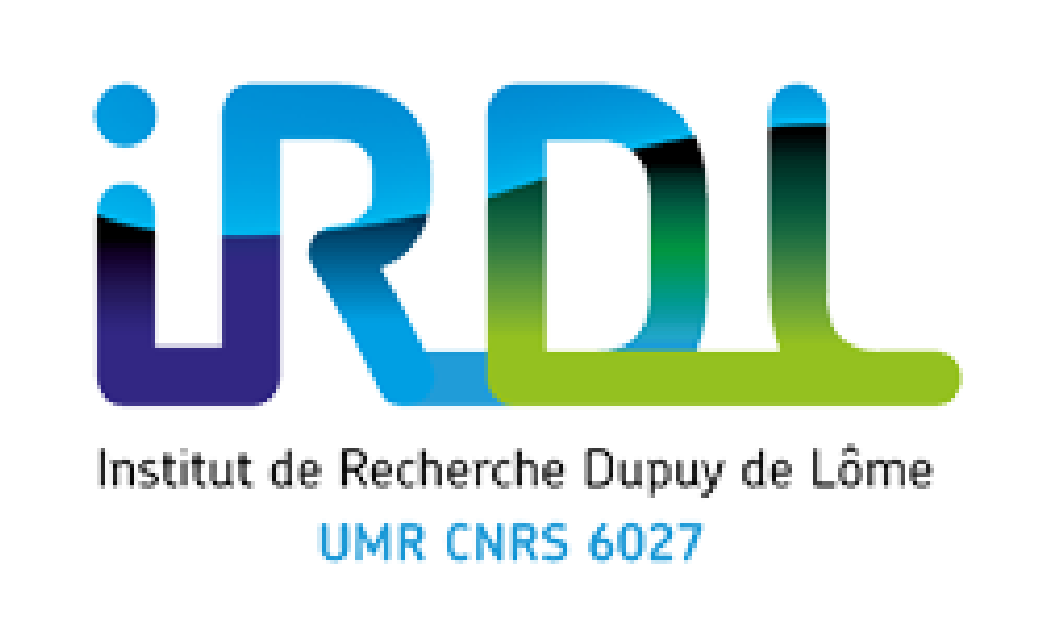 Yohan Jacquet, actuellement en thèse à l’IRDL, a obtenu le prix du meilleur article à la conférence international « Digital Concrete 2020 » organisé par TU Eindhoven sur les méthodes d’impression 3D du béton (https://digitalconcrete2020.com/).
Yohan Jacquet, actuellement en thèse à l’IRDL, a obtenu le prix du meilleur article à la conférence international « Digital Concrete 2020 » organisé par TU Eindhoven sur les méthodes d’impression 3D du béton (https://digitalconcrete2020.com/).
L’article : « Gravity Driven Tests to Assess Mechanical Properties of Printable Cement-Based Materials at Fresh State » est publié dans le livre « Second RILEM International Conference on Concrete and Digital Fabrication ».
Résumé de l’article
The prediction of the stability of fresh cementitious materials during 3D printing is required in order to find adequate process parameters such as building rate or time gap between layers. Schematically, the process efficiency depends on a balance between the rate of strengthening of the material and the building rate that increases the self-weight that the freshly printed structure must withstand. The first deposited layer of fresh cementitious material must be stiff enough to avoid squeezing effect, and the material has to be rigid enough for the in-print structure not to buckle. This is even more crucial for slender cantilevered structures. Also, cracks may appear in sharp angles of the printed shapes. To predict and avoid those printing defects, the determination of various rheological (shear, compression and tensile yield stresses) and fresh-state parameters of the material (elastic modulus) are required. As rheometer and ultrasonic measurement devices are not usually available on the production site, there is need to develop simple and accurate tests that can provide mechanical parameters for the prediction/verification of the stability of the structure during printing. For instance, instantaneous and continuous penetration tests can be used to evaluate the material yield stress and its evolution over time.
In this work, a special attention will be paid to simple tests such as the bending of a circular cross-section beam of fresh cementitious materials and/or the self-tension tests of cylindrical cross-section laces. The first one can be used to compute the apparent elastic modulus, while the second provides the tensile yield stress. Measured parameters are then compared with the ones computed from dimensional compression test and shear vane tests in order to validate the obtained results.
En vidéo (à 2h43) l’annonce du Prix.
Contacts:
yohan.jacquet@univ-ubs.fr
arnaud.perrot@univ-ubs.fr
vincent.picandet@univ-ubs.fr

